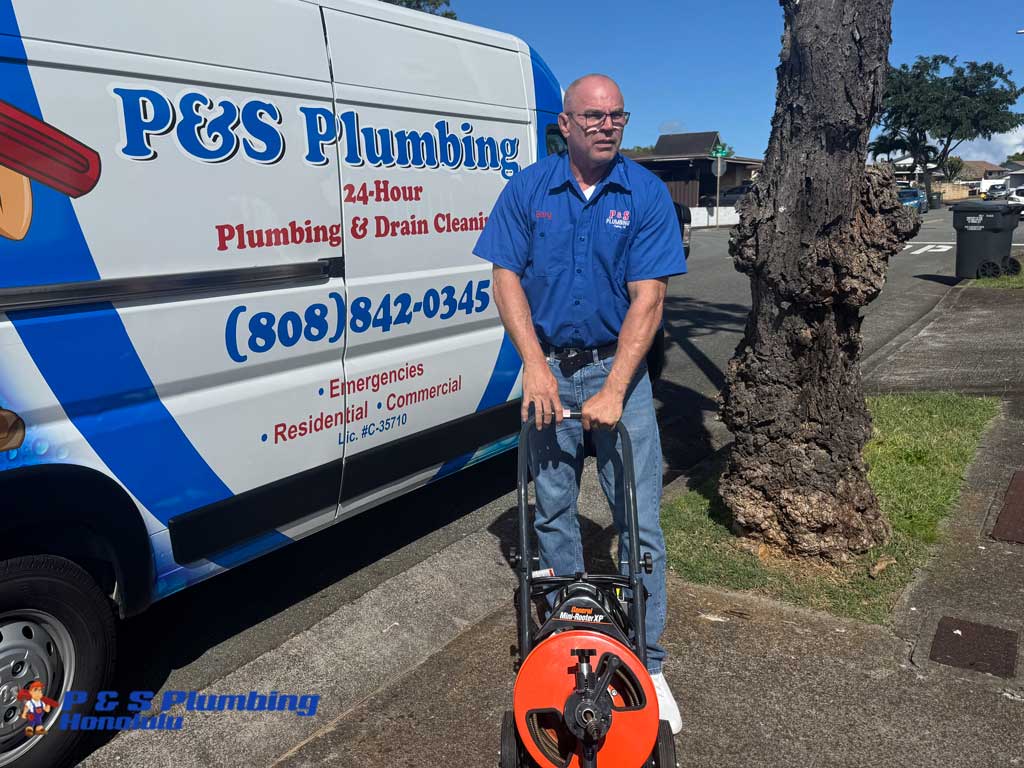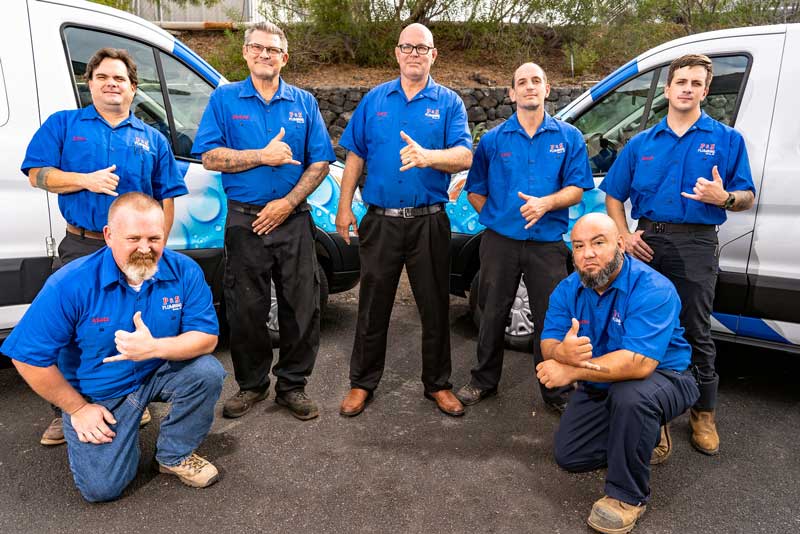Introduction
Water heaters are essential appliances that provide hot water for various household and commercial activities. Whether it's a long, relaxing bath or simply washing dishes, having a reliable water heater is crucial. In this comprehensive guide, we’ll delve into the nuances of water heater installation, focusing on expert tips gathered from seasoned Honolulu plumbers. From understanding different types of water heaters to addressing common installation issues, our goal is to equip you with everything you need to know about water heater installation.
Water Heater Installation: Expert Tips from Honolulu Plumbers
Understanding Different Types of Water Heaters
When it comes to water heater installation, the first step is understanding the different types available. There are primarily two categories:

1. Conventional Tank Water Heaters
Conventional water heaters store a significant volume of hot water in a tank. They typically come in sizes ranging from 20 to 80 gallons. A few notable features include:
- Cost-Effective: Generally less expensive upfront. Space Requirements: Requires more space due to tank size.
However, they can run out of hot water if multiple taps are used simultaneously.
2. Tankless Water Heaters
Tankless models heat water on demand, providing a continuous supply without the need for storage tanks.
- Energy Efficient: Only heats water when needed. Space Saving: Compact design ideal for smaller homes.
While the initial investment may be higher, many homeowners find that the long-term savings on energy bills make tankless models worthwhile.
Factors Influencing Your Choice of Water Heater
Choosing between a conventional and tankless model involves several considerations:
Household Size- Larger families may benefit more from conventional tanks.
- If you have high-demand needs (like simultaneous showers), consider tankless options.
- Tankless units often use less energy compared to their tank counterparts.
- Be mindful of both upfront costs and long-term operational costs.
Preparing for Installation: What You Need to Know
Before jumping into the actual installation process, there are several preparatory steps worth noting.
1. Assessing Your Current Setup
Evaluate your existing plumbing system to ensure compatibility with your new unit—especially if you're considering switching from a conventional model to a tankless one.
2. Necessary Tools and Materials
Ensure you have all necessary tools at hand before starting your installation:
- Adjustable Wrenches Screwdrivers Teflon Tape Pipe Insulation Safety Gear (gloves and goggles)
Hiring a Local Plumber: Why It Matters
Expertise in Local Plumbing Codes- A reliable plumber will ensure compliance with local regulations.
- Professionals possess tools that facilitate quick and efficient installations.
- Many local plumbers offer warranties on their work, ensuring peace of mind for homeowners.
The Installation Process: Step-by-Step Guide
Now let’s dive into the nitty-gritty details of installing your new water heater!
Step 1: Shut Off Utilities
Before anything else, turn off the electricity or gas supply and shut off the cold-water valve leading to your old unit.
Step 2: Drain Old Tank (if applicable)
If you're replacing an old system, drain it by connecting a hose to the drain valve located at the bottom of the tank.
Step 3: Disconnect Old Unit
Carefully disconnect plumbing lines and electrical connections using appropriate tools.
Step 4: Install New Unit
For both conventional and tankless systems:
- Follow manufacturer instructions closely. Ensure proper alignment with existing pipes.
Step 5: Connect Utilities
Reattach power or gas line followed by cold-water input lines carefully.
Step 6: Test Your System
Once everything is connected:
- Turn on utilities one at a time. Check for leaks around joints and fittings.
Common Issues During Water Heater Installation
Despite thorough preparation and following guidelines meticulously, issues can arise during installation. Here are some common problems encountered by homeowners:

Leaking Pipes
One common issue after installing new units is leaking pipes; this can often occur due to improper connections or faulty fittings. Always double-check connections before assuming everything is secure!
Inadequate Hot Water Supply
If you've opted for a tankless model but still experience insufficient hot water output—the problem could be linked back to sizing! Make sure you choose an adequately sized unit based on your household's needs!
Noise During Operation
Unusual noises coming from your newly installed water heater? This could indicate sediment buildup or other underlying issues that may require professional attention!
Maintenance Tips Post Installation
Maintaining your newly installed water heater extends its lifespan significantly! Here are some maintenance tips:
Regular Flushing
Flushing out sediment buildup should be done annually—this prolongs efficiency levels while reducing wear-and-tear on components!
Inspect Anode Rods
Anode rods help prevent corrosion inside tanks; perform routine checks every couple of years! Replacing them when they’re worn down can save you money over time!

Schedule Professional Check-ups
Don't hesitate to get in touch with your local plumber in Honolulu for periodic inspections; catching minor issues early could save big bucks down the road!
Frequently Asked Questions (FAQs)
Here are some frequently asked questions regarding water heater installation along with concise answers:
Q1: How do I know which size water heater I need?
A1: Determine your household's peak hour demand (the number of gallons needed during peak usage), then consult manufacturer guidelines or speak with an experienced Honolulu plumber for tailored recommendations.
Q2: Can I install my own water heater?
A2: While DIY installations can save money upfront, hiring an experienced local plumber ensures compliance with safety codes and reduces potential future headaches associated with improper installations.
Q3: How often should I flush my water heater?
A3: It's advisable to flush traditional tanks at least once per year; however, if you live in an area with hard water deposits—consider doing it more frequently!
Q4: What factors affect my utility bills related to heating?
A4: Factors include energy rates in your region as well as efficiency ratings of appliances; older models tend not only consume more energy but also may require increased maintenance costs over time compared newer options!
Q5: Is it worth investing in a tankless system?
A5: For many households seeking long-term efficiency gains alongside reduced energy consumption—tankless systems prove beneficial! However always assess current demands versus future needs before making decisions!
Q6: What if my new unit isn’t producing hot enough water?
A6: Check temperature settings first; if they’re accurate yet problems persist—it may signal an undersized unit or malfunctioning thermostat requiring professional inspection!
Conclusion
In conclusion, successful water heater installation hinges on understanding different types available while following best practices throughout each step—whether performing DIY projects yourself or enlisting help from skilled professionals like our trusted team at Honolulu Plumbing Experts! Remember regular maintenance plays an equally vital role post-installation! By adhering these guidelines outlined above—and seeking assistance whenever doubts arise—you'll enjoy consistently reliable hot-water access year-round without compromising comfort levels within home spaces!